Photographer Profile - Nancy Baron: "The dreamy vibe of Palm Springs washes over a traveler"
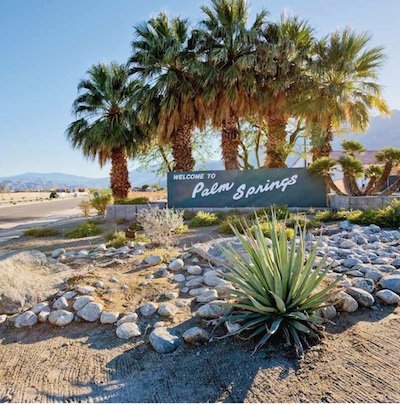
|
|
|
The book, from Kehrer Verlag, is Baron’s second, and her second one about Palm Springs, where she has a home. The first volume captured the lifestyle of the storied city in the Sonoran Desert of southern California, while the new volume focuses more on the town’s marvelous midcentury modern homes — sleek masterpieces from Richard Neutra, John Lautner and other architects — and the people who live in them. Baron’s pictures are appropriately bright, elegantly composed, and perfectly styled.
Except that they were not styled at all.
“I shot everything as documentary photography, with natural light and just as I found it it,” Baron says. “The fact that the scenes look set up is a testament to the commitment people in Palm Springs have to this way of life.”
That commitment extends beyond architecture to period art, clothing and food. In Palm Springs, notes Baron, you might find yourself being served Steak Diane and Baked Alaska at a friend’s home. It’s a kind of fantasy, and a powerful one: In Palm Springs, the past and future cohabitate with pleasure and purpose.
“It’s partly a hobby and partly lifestyle,” Baron says. “The midcentury modern community in Palm Springs is devoted to a period, but these people have one foot in the present. Sometimes I think of them as reenactors. They may have lived during the period or may be old enough to remember it through a warm glow of nostalgia.”
The nostalgia is for a particular post-war version of the American Dream that blossomed in the desert of California, and it is infused in Baron’s pictures.
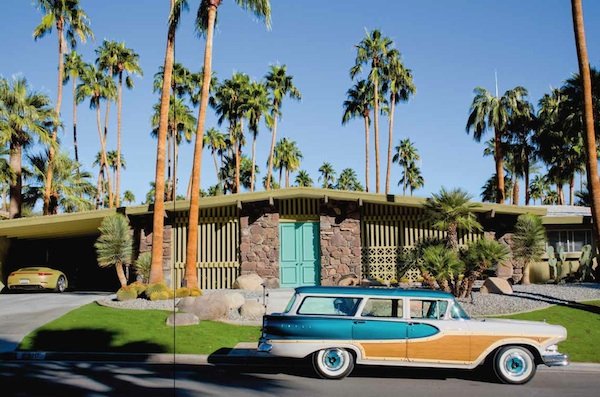
“The world of Palm Springs in these images is idyllic and somewhat funny and ordinary as only the good life can be — in the sense that the good life feels like the only life,” writes Alexa Dilworth in the new book’s foreword. Dilworth, the publishing director and senior editor at the Center for Documentary Studies at Duke University, recalls discovering her own version of the California dream when, in her 20s, she drove there from her home in Virginia. “The future was limitless on the other coast, unbound,” she writes. Her transcendent moment came when she and some friends drove up the Pacific Coast Highway in a 1968 Pontiac GTO convertible.
“All I could think was that an alternate dimension of my childhood had come true,” Dilworth writes. “I was living for a brief moment, a fantasy. The real and the imagined had merged. California actually exists.”
Nancy Baron has captured the real and imagined fantasy of the California good life not with set design, but with a rigorous eye and an unabashed enthusiasm for her part-time home.
Capturing the Dreamy Vibe
Her pictures, Dilworth notes, are “serious and humorous, full of hard lines and tenderness.” As documentary photography, the work captures not only what’s there to be seen, but what’s in the air.
Baron calls it the “dreamy vibe” of Palm Springs.
The images match the simple geometry of the famous Palm Springs architecture with a spare exactness. The photographs in Baron’s first book on Palm Springs were framed in a rectangular 35mm aspect ratio; they are pictures taken by a tourist enthralled by the desert landscape. The pictures in the new book are the work of someone at home in the Palm Springs community; they were shot with a Canon 5D Mark III DSLR and either a 16-35mm zoom or 35mm prime lens, then cropped to a square format.
“I like the images in my projects to have a sameness,” says Baron, who came to photography by way of the film business. Early in her career, she worked with Albert and David Maysles, whose documentaries, including Gimme Shelter and Grey Gardens, are landmarks of cinema verite filmmaking.

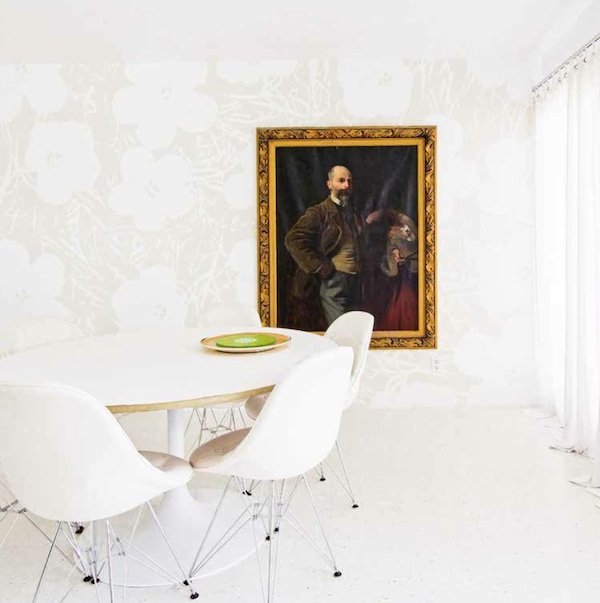

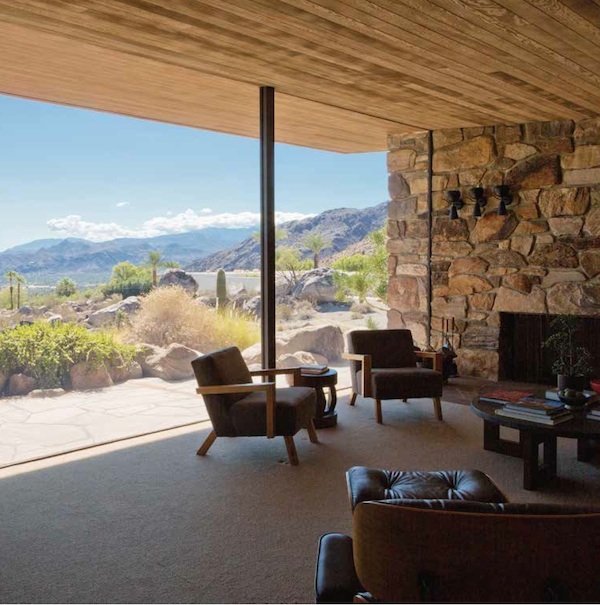
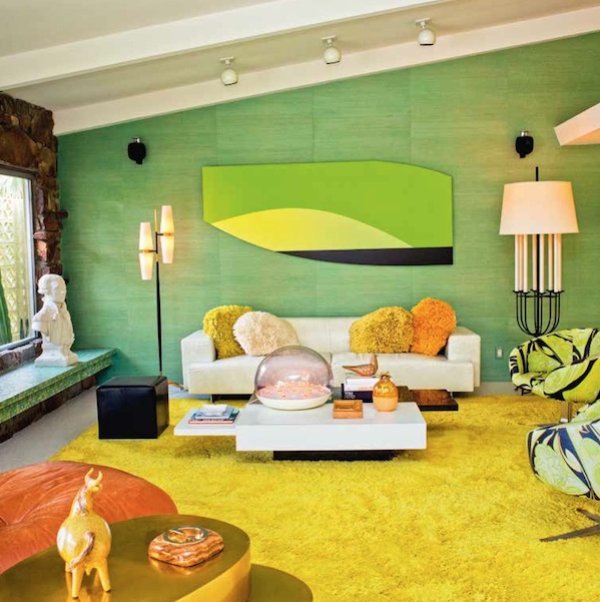
“Rather that going out and looking for a specific outcome, they would let the story unfold as they
filmed. Their style was simple and paired down, and I was greatly influenced by that,” Baron says. “I felt that if I were to do that with still photography, it would be even more simple.
I'm very much an observer and listener. I like to document things that might otherwise go unnoticed or things that suddenly may not be there anymore. So Palm Springs was perfect for me as a
subject.”
Baron worked in film production in Los Angeles for many years, and Palm Springs, an hour-and-a-half drive away, became a weekend destination for her family. Eleven years ago she and her husband bought a second home there.
“Once I had a home in Palm Springs I saw the place in a new ways,” Baron says. “It’s a really friendly town, and within a couple of months of having the home we knew so many people. It’s a resort town, but there’s a big-city sophistication along with leisure living. You can lay by the pool or go hiking. There’s a world-class museum and a thriving arts community and design community. There are million-dollar homes and tract homes and trailer parks, and in that sense it’s very democratized.”
The Shimmer of Desire
Once, Palm Springs was the site of a stagecoach station. In 1876 the Southern Pacific railroad was laid six miles to the north. In the early 1900s, the town became a fashionable resort for tourists hoping to cure their ailments in the dry desert heat.
In the 1930s Palm Springs became popular with movie stars, and after World War II they began commissioning modernist architects to design vacation homes there. Later, the area lured retirees and others looking for year-round living in the desert: By 1965 the Anderson Company had built more than 2,000 middle-class homes in Palm Springs. The recession of the mid 1970s stripped away some of the town’s glamour. Mobsters moved in later in the decade.
“The town has gone through a lot of ups and downs economically. Right now it’s really at a high,” says Baron. Recently, she notes, the Coachella music festival has brought young Hollywood back to the desert. What set the stage for the town’s current revival, however, was its past.
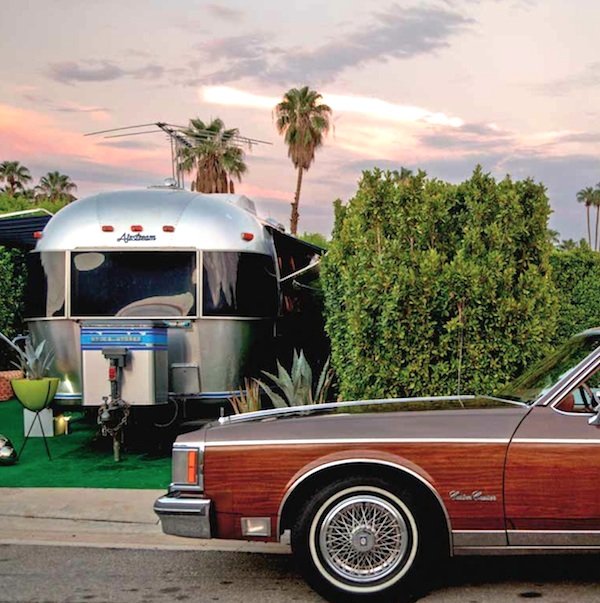
In 1998, the New York Times took note of a new design trend. “Cool creative types were tossing aside their thrift store décor in favor of midcentury modern,” wrote Julia Chaplin. The style — clean, democratic and created to be lived in — has remained popular. “Today, more than ever, the midcentury modern look is everywhere,” noted Curbed magazine last year. Midcentury modern "is forever,” declared the Washington Post in August.
Television writer-producer Matthew Weiner picked up on the modernism trend when he created Mad Men in the mid 2000s. Baron’s new book includes a preface by Weiner, who recounts visits to Palm Springs with his wife, an architect. The place helped inspire his narrative about love and illusion set in a time when the future seemed limitless but wasn’t. Eventually Weiner was able to work Palm Springs into his series.
“In the process of telling our story, we would remind people of what Palm Springs is and was and not to let it disappear,” he writes.
Like Mad Men, which found a powerful contemporary voice in styles of the past, Nancy Baron’s images shimmer with the desire that once fueled America’s fantasies.
The town’s dreamy vibe, she writes, “washes over the traveler at the first sight from land or air of the vast windmill farm sprouting from the Southern California desert, surrounding the town like guards at the gate to paradise. Their whirling blades seem to clear the air, invoking a strong shift in sense of place.”


